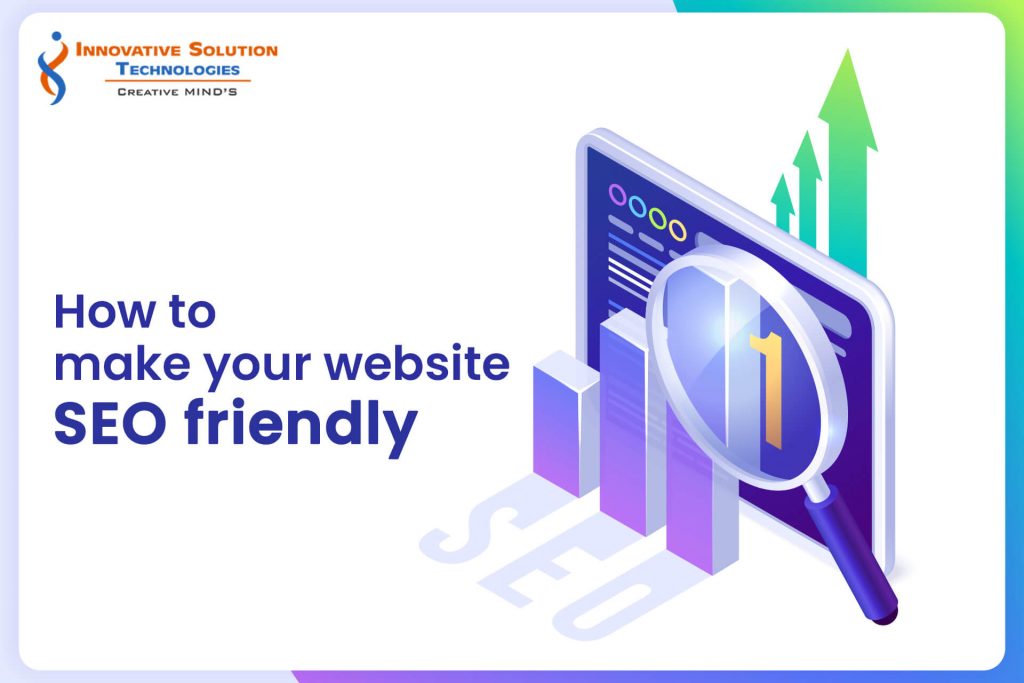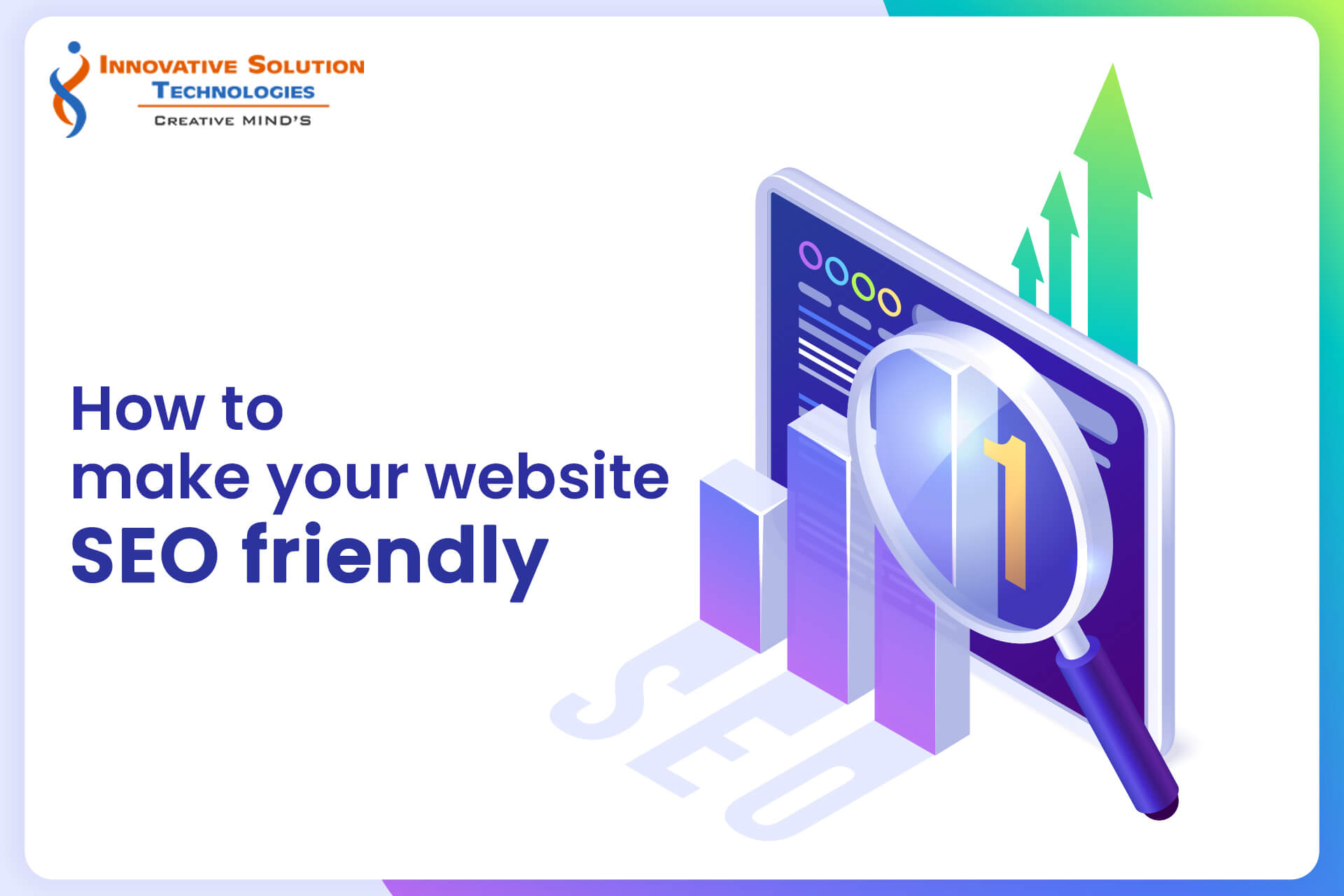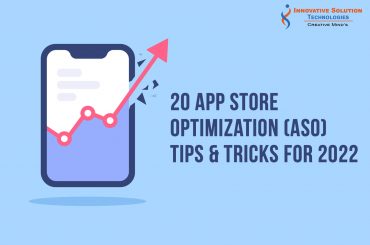
SEO, the emerging tool in digital marketing has sprung up a lot of opportunities for businesses. Having that said, Search Engine Optimization will take good care of your website’s quality by driving the exact expected traffic. However, there are a few criteria that could actually add as a bonus to be an SEO-friendly website. Want to know what are they? Continue the read to know how to make your website SEO-friendly!
15 pro tips to make your website SEO friendly:
1. Responsive design: In order to make your website an SEO-friendly one, then integrating it with responsive designs is the key. Moreover, this is the only solution that could help customers to view your website from both smart phones as well as desktops. The perks of having a responsive website will almost resolve a lot of problems with your website. It will build your site, a mobile-friendly one, by adapting the user screen’s size, either big or small. In this way, the number of people visiting your site will increase exclusively. Eventually, improve your rankings in the search engine results.
2. User-friendly URLs: These types make the visitors remember your web addresses, which mean they can revisit pages just by typing in the URL address bar. It is short as well as stays long in the mind of visitors as well as helps in the process of describing your website to the search engines.
3. Avoid duplicate content: Google ranks only content that is 100 percent original and factual. If the content is plagiarized or full of counterfeit facts, then apparently your content will be in the top ranking list on Google. Keep in mind that your content should focus on the ingredient of the topic in an intrusive and comprehensive way rather than being expatriate content.
4. Target valuable and limited keywords: If your blog already exists, remember the keywords research you have prepared for it. Likewise, link up a few keywords to the upcoming content as well. Follow the readers’ heed, and compile the keywords in their way of understanding. Not only will it impact your keyword research, but also boosts your page’s SEO ranking. Besides, include the targeted keyword in the content only if it is relevant.
5. Focus on backlinks: backlinks are a set of crucial components to enhance your website to get a big shot. Backlinks are nothing but, inbound links, where your content will be shared or advertised on another’s website in order to augment visitors to your websites, as this aids when the users click on another website, which directs him/her to your page.
6. Respond to comments and feedback: Engage in customer feedback: We always feel special when we are given special attention. Similarly, answering or acknowledging your customers’ reviews will bolster your position in the local SEO results. A simple ‘Thanks’, ‘Duly Noted’, ‘Appreciate your interest’, will develop your customers’ thoughts to be tacit. Besides, acknowledging a bad review will make your website more transparent and approachable.
7. Optimize your images and infographics accordingly: visual content can entice people easily rather than spending on a written content of more than 1000 words. It is apparent that people love watching videos. Adding infographics to your content will make your audience understand your business’s purpose as well as eliminate confusion and make convulsive information into easier content.
8. Access to JavaScript, CSS, and images: Earlier, we had to troubleshoot a lot to reload a site, but now with access to these three elements (JavaScript/ HTML, CSS, and images), Google can easily consider it as one of the responsive websites. These three elements are regarded as the backbone of a web; while HTML is a Markup language, CSS is a styling language, and JavaScript is the website’s programming language.
9. Optimization of Meta description: As a smartphone’s display is very small, optimize your content, title in a concise and readable manner. For that, don’t overdo the SEO keywords, focus on users’ point of view, include your brand name while writing to customers (50-60 characters), use catchy titles for each page, and attest to the benefits and value of your brand.
10. Fast page load speed and other flash elements: Obviously, no one is patient, especially when badly looking for a specific Google result. As per the reports, a maximum of two seconds is the threshold for any e-commerce website on the internet. In the meantime, Google is working on setting half a second for websites, especially for customer services. Apart from connectivity issues, the page load time is affected by the website’s image or video size, or even content of more than 5000 words. To increase your page speed, reduce the size of CSS, Javascript, and HTML files that are larger than 150 bytes, leverage browsing coaching and reduce redirects. Also, make sure your website doesn’t show ‘Error 404’, as it irks people more.
11. Integrate social media links into your website: As you see, half of your potential customers are on social media. Ultimately, this will legitimately build up the follow or non-follows links subsequently. All you gotta do is get into your business profiles ‘about’ option, then associate your website’s link in it. Similarly, include the same link to every post that you upload in the feed. Over and above, you can tap your website’s link on-page button, picture descriptions. This strategy of applying backlinks on FaceBook, Instagram, Linked In, Pinterest, Quora, and YouTube will be a stroke of luck to your business growth.
12. CTA: Call to action is a speedy response from the user side in order to stay in touch for a while, even if they are done with the purchase. It provides the choice to customers to make the next move in their purchase, such as offering baits like special offers, free delivery option, ‘Buy one get one free’, combos, coupons, download now, and so on.
13. Create an XML Sitemap: This useful tool helps the search engines understand your vast website’s structure well. Moreover, you can prioritize the pages that have more value and information, followed by the data that you pass to Google.
14. Use robot txt: The robot txt tells the search engines’ bots to not crawl on the pages that you don’t want to. Furthermore, this will accommodate your budget and additionally restructure the website in the best possible way.
15. On-page and off-page optimization: ON-page optimization enables one’s website to earn organic and improve its rankings in the search pages. This might include optimizing with HTML, internal links, metadata, and keyword density. Whereas, on the other hand, off-page optimization helps one’s website from outside to improve the business, through the attachments of backlinks, brand mentions, and social media references.





